Original gouache created by Victor Gabriel Gilbert representing a lively view of rue Pirouette in Paris in the Les Halles district.
Rue Pirouette is an old street in Paris which was located in the 1st arrondissement of Paris. It disappeared in 1975 when the Forum des Halles was created.
The work is signed lower left and located lower right.
Dimensions including framing: 63 x 54 centimeters Excluding framing dimensions at sight: 35 x 26 centimeters
Biography
Raised in Paris, Victor Gilbert suffered from fragile health during his childhood, which prevented him from following his father's career, carpenter for Pleyel and Wolf. His natural talent for drawing was, however, noticed by his family, but they were too poor to enroll him in the School of Fine Arts.
Also, at the age of thirteen, he was placed as an apprentice to Eugène Adam, painter and decorator. He worked there during the day, and in the evening took art classes under the direction of Father Levasseur, at the École de la Ville de Paris. This is the only official artistic training he receives.
Gilbert begins to exhibit still lifes at the Salon des Artistes Français. In 1873, he showed two paintings and in 1874 two other paintings, including one entitled "Le pot au feu" which was purchased by a collector.
In the mid-1870s, Victor Gilbert received financial support from Father Martin, whose shop on rue Laffitte had been an artistic center since the 1850s. Martin, who was notably the dealer of Boudin and Jongkind, brought the young man great help.
At the Salon of 1875, his “Portrait of Madame M.” ensured him enough success, so much so that he abandoned decorative painting. At the end of the 1870s, Gilbert focused on his favorite subjects: street scenes, cafes, markets, in particular the Halles. He became the "painter of the Halles", bearing witness to the life of small merchants, to whom he was particularly sensitive.
Unpacking fish in the early morning or the meat market are themes also dear to Emile Zola, reflecting the energy and dynamism of Paris at the time.
In his early works, Gilbert's colors are often dark, just like Bonvin's, and have the atmosphere of so-called "realist" paintings.
These scenes are very popular because they combine still life and figures, the poor classes and the bourgeoisie. Under the influence of the Impressionists, Gilbert gradually softened his palette and explored the effects of light. At the Salon of 1880, Gilbert received a first reward with a second class medal, and his painting "A corner of the fish market, in the morning" was acquired by the State. The exhibition of two other paintings from Les Halles at the Salon of 1881 made him the official artist of this genre painting in Paris and ensured his reputation. Although he continued to exhibit these street scenes at the beginning of the 20th century, these most beautiful subjects are considered to be between 1875 and 1890.
He won a silver medal at the Paris Universal Exhibition of 1889. He is was knighted in the Legion of Honor in 1897, and received the Bonnat Prize in 1926.
Museums Palais des Beaux-Arts, Lille Malraux Museum, Le Havre Museum of Art and History, Bayeux? Museum of Fine Arts, Dieppe Museum of Fine Arts, Bordeaux Museum of Liège Museum of Fine Arts, Pau
Bibliographies E. Bénézit: Dictionary of painters, sculptors, designers and engravers G. Schurr: Dictionary of the little masters of the 19th century Bellier de la Chavignerie and Auvray: General dictionary artists of the French school



















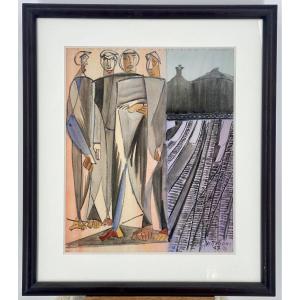


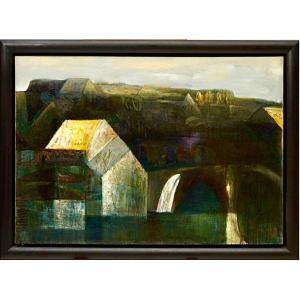











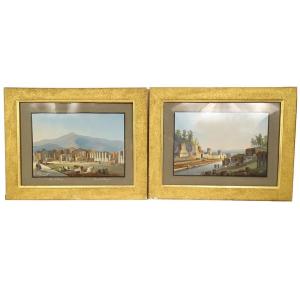

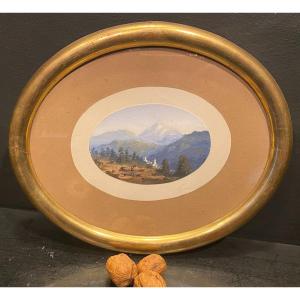

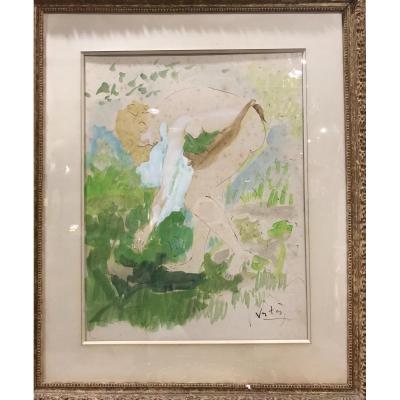



 Le Magazine de PROANTIC
Le Magazine de PROANTIC TRÉSORS Magazine
TRÉSORS Magazine Rivista Artiquariato
Rivista Artiquariato